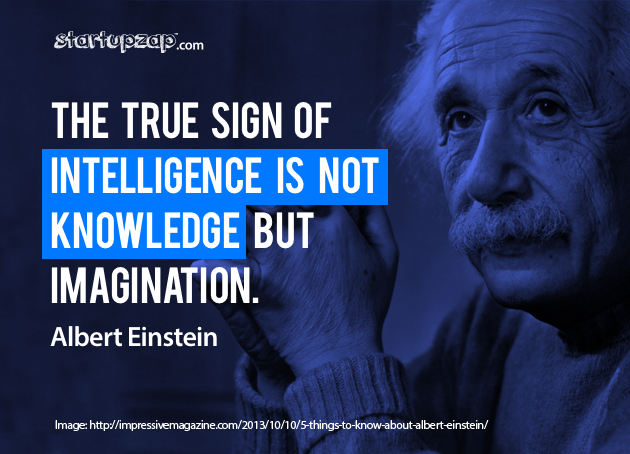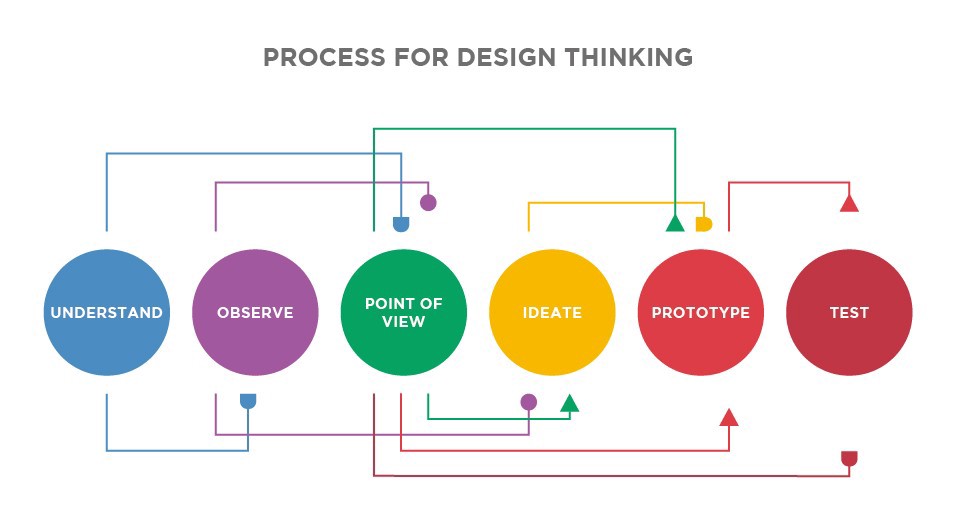Starting and running a small business or startup is an exhilarating journey filled with opportunities,…
Design Thinking for Corporate Innovation
Eight out of ten entrepreneurs who start businesses fail within the first 18 months, accounting for an incredible 80% failure rate. But why is this the case? Why do startups fail at such a high rate?
The number one reason why startups fail, which accounts for 42% of failures, is because there is no market need for the product or service developed. In simple terms, teams build products that not enough people want.
Yes, it looks like a multi-million dollar idea. It looks exciting, but unfortunately, it is not solving a core problem for which people would pay.
“This is where Design Thinking kicks in”.
Design Thinking is all about finding the problem worth solving. It is a systematic approach to framing and solving problems based on close and empathetic observation of customers. Design Thinking is all about finding the problem worth solving. Design Thinking forces people to think broadly about users’ needs and be generative rather than purely analytical. It is always a collaborative and non-linear process.
Design Thinking, when done right, results in the launch of successful products that delight customers. Designers can achieve so much when they stick together and share helpful knowledge, tips and feedback.
A high-performance team of Design Thinkers obsessed with creating great outcomes is highly valuable to any business – startup or corporate. They test and validate until they create a great product that meets business objectives and meets customer demand.
Design Thinking can improve the success rate of startups and corporate innovation. By embracing it in the correct way, one can fail fast and know exactly what is going wrong with the product or service from a user’s perspective.
Where there is a lack of customer-centric focus, user research and product testing is hurting startups the most. Validating startup ideas at the right time with real users is very critical. Most founders lack the “problem seeker” approach – they seek a type of unilateral success.
“You don’t have to be a designer to think like a Design Thinker.”
Design Thinking is just a buzzword unless it is used as an approach to focus on the right problem and deliver meaningful and highly-functional solutions which are supported by traditional business metrics to drive the right return on your investment.
Customer empathy is the most important ingredient of Design Thinking. The view of the customer should always be represented. Design Thinking requires a team to walk into their customer’s shoes. It encourages them to think outside of their building, enabling rapid prototyping and testing of ideas in the market, and iterating appropriately.
This means that the end-consumer is ultimately shaping the final experience; since they are part of the process from the start, the experience will resonate.
“At its core, Design Thinking is a human-centered approach to innovation.”
What is the general Design Thinking process?
The basic pillars of Design Thinking
1. Empathize: Establish a shared understanding of who the customer is.
2. Define: Align with the core problem to be solved/jobs to be done.
3. Ideate: Have structured ways to generate ideas in quick succession.
4. Prototype: Turn those ideas into testable prototypes.
5. Test: Validate the prototype with real customers.
Design products for your users, not for the product developers. It needs to make sense to everyone who will come into contact the product you are building. Do your research and understand your customers and their requirements.
If you are looking at a new product development challenge, in a startup or corporate setting then talk us.





